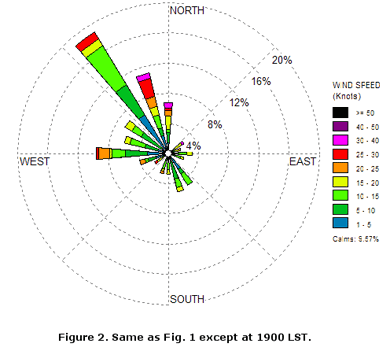

Collated together, this summary record can help to facilitate rapid review and appraisal of the conduct of a systematic review or map, potentially speeding up the peer-review process. We also introduce the extraction of meta-data that describe key aspects of the conduct of the review. We outline the key benefits of our approach to designing ROSES, in particular the level of detail and inclusion of rich guidance statements. We describe how ROSES solves the problems with PRISMA.
#Rose diagram pro
We introduce ROSES (RepOrting standards for Systematic Evidence Syntheses), a pro forma and flow diagram designed specifically for systematic reviews and systematic maps in the field of conservation and environmental management. We highlight 12 key problems with the application of PRISMA to this field, including an overemphasis on meta-analysis and no consideration for other synthesis methods. However, due to its development for systematic reviews in healthcare, PRISMA has limited applicability for reviews in conservation and environmental management. PRISMA is now widely used by a range of journals as a pre-submission checklist. First QUOROM (Lancet 354:1896–1900, 1999) and then PRISMA (Ann Intern Med 151:264, 2009) were developed as reporting guidelines and standards to ensure medical meta-analyses and systematic reviews are reported to a high level of detail. With the rise of evidence-base medicine and increasing numbers of published systematic reviews, criteria for assessing the quality of reporting have been developed. Reliable synthesis of the various rapidly expanding bodies of evidence is vital for the process of evidence-informed decision-making in environmental policy, practice and research.


 0 kommentar(er)
0 kommentar(er)
